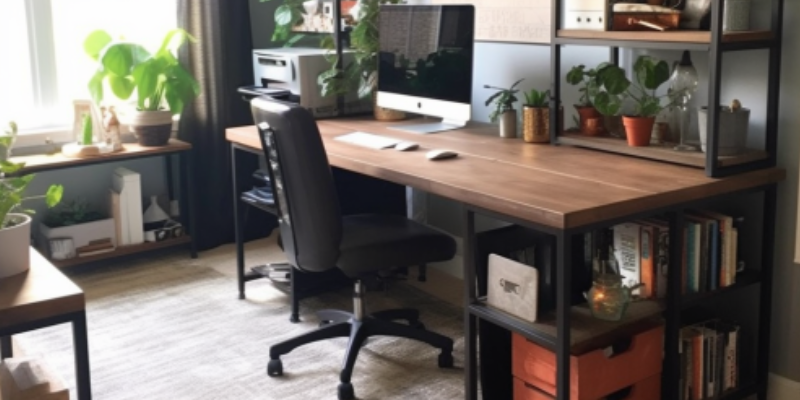Let’s be honest, for many of us, the “home office remodel” started as a corner of the dining table, a spare bedroom doubling as a storage unit, or maybe even just the sofa with a laptop precariously balanced. But as remote work and side hustles become more ingrained in our lives, that makeshift setup can start to feel… well, makeshift. It’s about recognizing that your work deserves a dedicated space, an area designed not just for tasks but for focus, creativity, and even a touch of professional polish during those video calls. A home office remodel isn’t just about aesthetics; it’s about investing in your productivity, your well-being, and creating a clear separation between your work life and your home life, even when they occupy the same physical space. It’s about building a command center tailored to your specific needs and work style.
Laying the Groundwork: Assessing Your Needs and Workflow
Before you start tearing down walls or ordering fancy ergonomic chairs, take a good, honest look at how you actually work. What are your essential needs? Do you require multiple monitors? Ample desk space for paperwork and projects? Dedicated storage for files and supplies? Consider your typical workflow. Do you spend a lot of time on video calls? Do you need a quiet, distraction-free zone for deep work? Understanding these fundamental requirements will be the foundation of your remodel. Think about the equipment you use regularly, the types of tasks you perform most often, and any frustrations you currently experience with your existing workspace. This initial assessment will guide your design choices and ensure that your remodeled home office truly supports your professional endeavors.
Zoning Your Space: Defining Areas for Different Activities
Even if you’re working with a relatively small room, thinking in terms of zones can significantly enhance the functionality of your home office. Consider creating distinct areas for different activities. You might have a primary workspace with your desk and computer setup, a separate area for meetings or phone calls (perhaps with comfortable seating and good lighting), and dedicated storage zones for files, equipment, and supplies. Defining these zones, even subtly with rugs or furniture placement, can help you mentally and physically transition between different types of work. If space allows, you might even consider a small “break zone” with a comfortable chair or a small table for stepping away from your primary workspace to recharge. This intentional zoning can improve focus and reduce the feeling of being constantly “at work” within your home.
The Ergonomic Imperative: Prioritizing Comfort and Health
Let’s face it, spending hours hunched over a laptop on the sofa isn’t doing your body any favors. A home office remodel is the perfect opportunity to prioritize ergonomics and create a workspace that supports your physical well-being. Invest in a comfortable and adjustable office chair that provides good lumbar support. Ensure your desk height is appropriate for your posture, allowing your arms to rest comfortably at a 90-degree angle. Consider adding a monitor stand to bring your screen to eye level, reducing neck strain. Think about natural light and its placement to minimize glare. Even small touches like a supportive footrest or an anti-fatigue mat can make a big difference in your comfort levels over the course of a workday. Remember, an ergonomic workspace isn’t a luxury; it’s an investment in your long-term health and productivity.
Taming the Chaos: Smart Storage Solutions
One of the biggest challenges in a home office is often managing clutter. Papers pile up, cables become tangled, and office supplies seem to multiply endlessly. A well-designed home office remodel will incorporate smart and efficient storage solutions to keep your workspace organized and free from distractions. Think beyond basic filing cabinets. Consider incorporating built-in shelving units, drawers integrated into your desk, wall-mounted organizers, and even concealed storage options to keep less frequently used items out of sight. Take advantage of vertical space to maximize storage without taking up valuable floor area. A clutter-free workspace can significantly improve focus and reduce mental fatigue, allowing you to be more productive and efficient.
Setting the Right Ambiance: Lighting and Aesthetics
The way your home office remodel looks and feels can have a significant impact on your mood and productivity. Pay attention to lighting, both natural and artificial. Maximize natural light whenever possible, but ensure you have adequate task lighting for focused work and ambient lighting to create a comfortable overall atmosphere. Consider the color palette of your office. Calming and neutral tones can promote focus, while pops of color can add energy and personality. Incorporate elements that inspire you, whether it’s artwork, plants, or personal mementos. The goal is to create a space that feels both professional and inviting, a place where you actually enjoy spending your work hours. It’s about creating an environment that fosters creativity and motivation.

